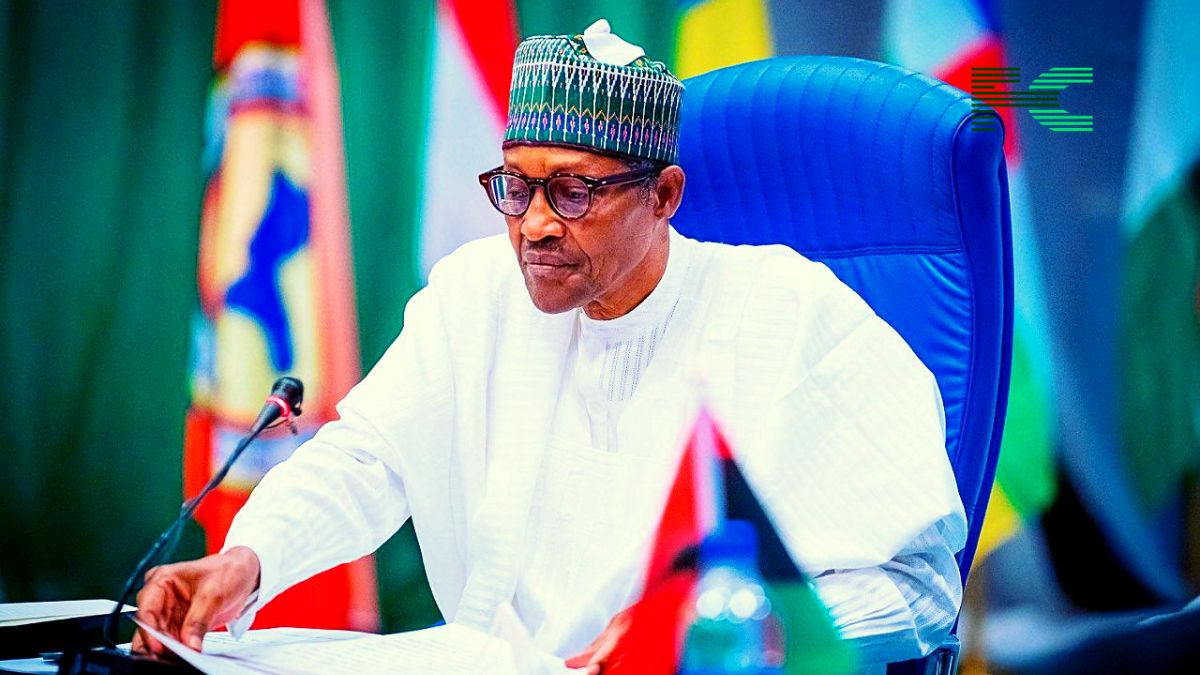It sounds strange that Hawaii, a proud US state and home to one of the world’s most powerful military bases, is not actually protected under the NATO treaty. But that’s the truth and it has everything to do with geography, politics, and the way global alliances were designed decades ago.
When NATO was created in 1949, the idea was to protect territories in the North Atlantic. The treaty clearly stated that an attack on any member in Europe or North America would be treated as an attack on all. Hawaii, however, sits in the Pacific Ocean, far from the North Atlantic region. So even though it’s a US state, it doesn’t technically fall under NATO’s defensive shield. The treaty simply doesn’t cover it, and that’s where the awkwardness begins.

A Treaty Frozen in Time
Back when NATO was signed, Hawaii wasn’t even a state. It joined the United States ten years later, in 1959. The alliance rules didn’t change, and no one thought of adjusting the treaty to include the new state. Today, that old rule still stands. In simple terms, if Hawaii were attacked, NATO countries wouldn’t be legally forced to defend it. It’s a strange situation, considering that Hawaii hosts the US Pacific Command and is one of the most important military points in the world.
Experts have called it “the weirdest gap in the alliance.” Some even say it makes no sense that a US base like Pearl Harbor once attacked during World War II, isn’t covered by the same protection NATO promises to places like New York or London.
A Risky Loophole
Now, imagine a modern-day threat. If China or North Korea attacked US military bases in Hawaii during a conflict over Taiwan, NATO members wouldn’t automatically be obliged to help. It would depend on politics, not law. Analysts believe that leaving Hawaii out of NATO weakens the US deterrence strategy in the Pacific. It tells rival nations that European allies could technically “sit this one out” if trouble erupts there.
This is why many security experts keep raising the question, why Hawaii is not part of NATO, especially now that tensions in the Indo-Pacific are high. They believe updating the treaty to include Hawaii could strengthen the alliance and send a stronger warning to any aggressor. But amending the NATO treaty isn’t easy. Every member country must agree, and most wouldn’t want to reopen such a complex document.
Why It Still Matters
Beyond military talk, Hawaii’s case shows how the world has changed faster than old treaties. NATO was born to defend Europe and the North Atlantic against Soviet threats. But wars today don’t respect regions. Missiles travel oceans, and cyber attacks ignore geography. Keeping Hawaii out of NATO coverage seems outdated, especially when that same state could become a central point in any global conflict involving the US, China, or North Korea.
Still, some argue that in case of an attack, America’s allies wouldn’t need NATO rules to act. History proves that countries stand together when it matters most. After 9/11, NATO invoked its collective defense clause for the first time, yet the US still preferred to respond through a “coalition of the willing.” So, if Hawaii were attacked, many believe Western allies would still show up, treaty or no treaty.
Bottom Line
At the end of the day, the real question isn’t just why Hawaii is not part of NATO, but why global security rules haven’t evolved with time. It’s odd that a place so critical to world peace remains technically outside the protection of the most powerful military alliance in history. Hawaii may be far from the Atlantic, but in today’s world, no distance feels that far anymore.
If you think about it, the issue is not just about maps, it’s about mindset. The world keeps changing, but the rules protecting it haven’t caught up.

















